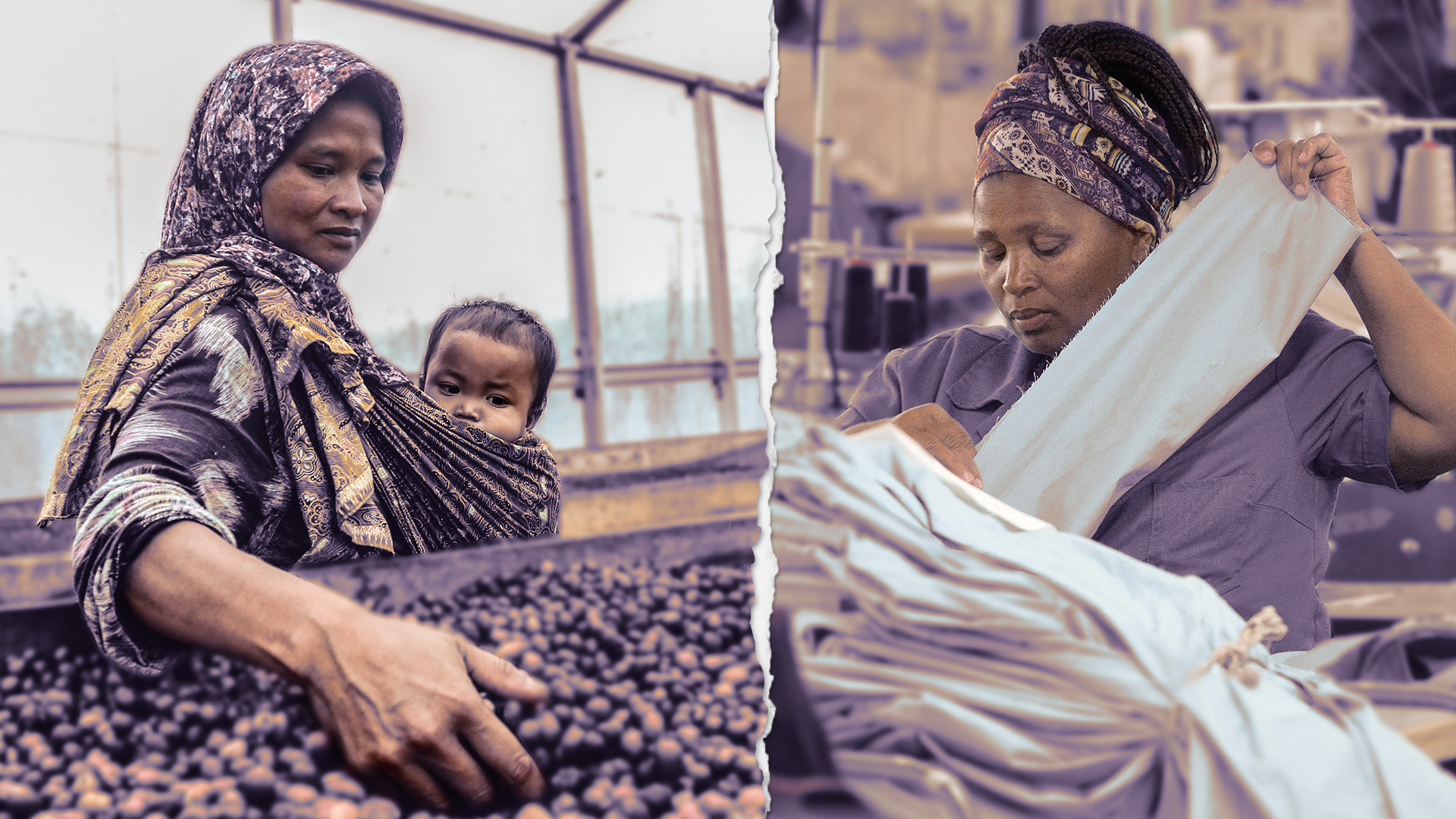
Is work working for women? Why CNN is launching a new series to find out
By Meera Senthilingam, Series Editor, CNN As Equals?
Editor’s note: This story is part of ‘The Great Illusion,’ a series by CNN’s As Equals all about work: investigating which industries are most harmful for women workers, revealing the true cost of care work, and exploring how it can all be fixed. For information about how CNN As Equals is funded and more, check out our FAQs.
If wages are an important way value is accorded in our societies, then there is perhaps no more damning proof of gender inequality than the gender pay gap. A report published by the World Bank this month found that in 190 of the world’s 195 countries, women still on average earn just 77 cents for every dollar a man makes.?
The report also revealed that in none of the countries studied did women have the same rights in the workplace as men. While many countries had introduced rights on paper, implementation still falls “shockingly short.”?
Beyond pay, the data shows that across the world, work is simply not working for women.??
Firstly, labor force participation for women is staggeringly low: 42% for women compared to 72% for men, according to the International Labour Organization (ILO). And more women than men work in the informal sector (for example, providing care in households or working as agricultural laborers) especially in low- and middle-income countries. This leaves women in old age without access to state protections, such as a pension.?
Women who wish to work in the formal sector have a much harder time finding jobs – and when they are employed, those jobs are usually of lower quality, offer little room for advancement and leave them (particularly young women) more vulnerable to sexual harassment than men.?
Later in life, the desire, or expectation, to start a family and be the main caregiver at home – an activity still not always recognized as “work” but which for so many women still is – also leaves women at a disadvantage the ILO calls the “motherhood penalty.” ?Again, from the World Bank: “Women spend nearly two and a half more hours a day on unpaid care work than men, much of it involving childcare.” ?
So, what are the causes of these deep-rooted and wide-spread inequalities? How have the ways work is understood, measured and workers paid and protected excluded women? Which are the industries profiting from women’s labor and why does starting a family still have lifelong negative consequences on a woman’s career??
These questions, and many others, were informed by several roundtable discussions held with more than 35 gender and labor experts from across Latin America, Africa, the Middle East and Asia. Through a new series called ‘The Great Illusion’, As Equals, CNN’s gender inequality reporting team, will publish stories that aim to answer these questions.?
We start in Bogota, where CNN visited the care school for men set up in 2021 to alleviate the burden of care borne by Colombian?women and to address the country’s “machismo” culture by encouraging a more caring masculinity. ?
Through this story, and the others that follow, we will bring labor issues and data to life by telling stories centered on the human experience. Our journalism will also aim to hold industries and institutions to account and identify solutions, like the program in Bogota, that attempt to reimagine or repair aspects of the world of work for women and gender-diverse people.??
To find out more about the series, or to share a tip, you can get in touch with the series editor Meera Senthilingam, or As Equals’ managing editor Eliza Anyangwe, by emailing: [email protected]?